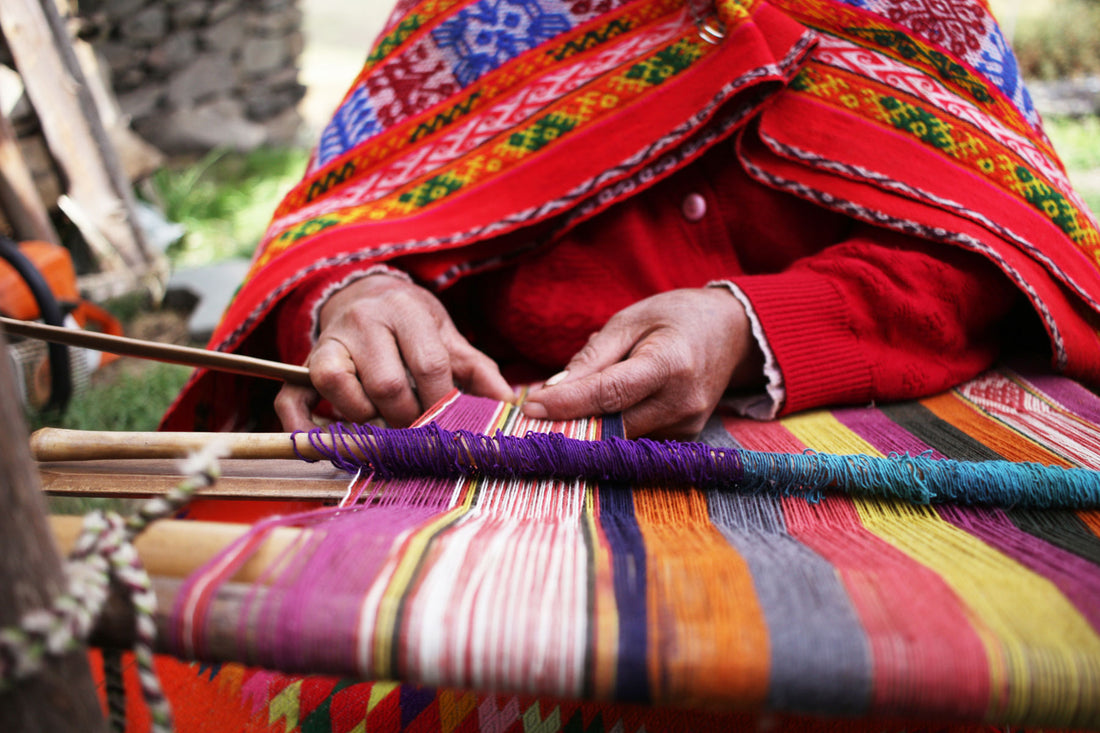You may have seen some of the beautiful Inca textiles in a museum or even modern ones on Etsy. And you may be curious or interested in learning more about them. In some of my next posts, I will share some information in order to close the gap that prevents us from fully understanding the importance of this ancient craft. Let's go over some basics.
Inca, Peruvian or Andean Textile?
The cultural process in the Andes started over 5,000 years ago and saw smaller communities joining up to become nations which in turn formed empires: Wari and Tiahuanaco first and the Incas some time later. This process included Andean nations in what is now Ecuador, Peru, Bolivia, and parts of Chile and Argentina.
But since the Incas only ruled the region during the last hundred years before the arrival of the Spanish, it is unfair to credit them with 5,000 years of civilization and craftsmanship.
In the same vein, even though most of the area was known as Peru after the Spanish conquest, Peru is a big fusion of influences from the Andes, Europe, Africa and Asia. This means that the Andean culture is only an ingredient in the melting pot of the Peruvian Nation.
Hence, when thinking of ancient textiles and pottery, it is more accurate to refer to them as Andean. This way the accomplishment of the Incas can be included without ignoring identities of the many nations still living in the area, and without bundling them together with newer techniques or modern influences.
Modern Influences in Andean Textiles
Even though many people in the Andes learned to weave textiles using simple looms from their parents, this doesn't mean they haven't learned to use modern looms. Unbeknownst to many, most of the textiles offered to tourists have been woven in small electric looms. Don't worry, they still use original motifs and styles, and they have been made by the same people who weave textiles by hand loom. They just were made a little bit faster in a modern loom.
Also, depending on the expected use of the textile, they can be made with polyester and other strong materials. Just to make sure the textile is more durable. Like any tradition, textile weaving in the Andes has adapted to keep on creating useful materials that serve many purposes.
Meaning of the patterns in Andean Textiles
It is important to remember that Andean Cultures didn't develop a written language and transmitted information orally. This means that they probably tried to use Mnemonic devices to keep track of information.
And one of those devices would be textiles. It doesn't take long to notice that most Andean Textiles have repeated patterns (known as "Pallay"). These Pallays, in conjunction with the colors and the contrast of tones, help to communicate basic but very useful information: The original town of the textile (or the wearer) and his/her position in that community.
Basically, based on the textile a person wears, you could know where they come from and if they are the mayor, a community leader, a craftsman, etc.
This is just a brief rundown of the basics of Andean Textiles. In the next posts, I will cover some of the history of the Andes in order to give more context on the Meaning of the patterns.

